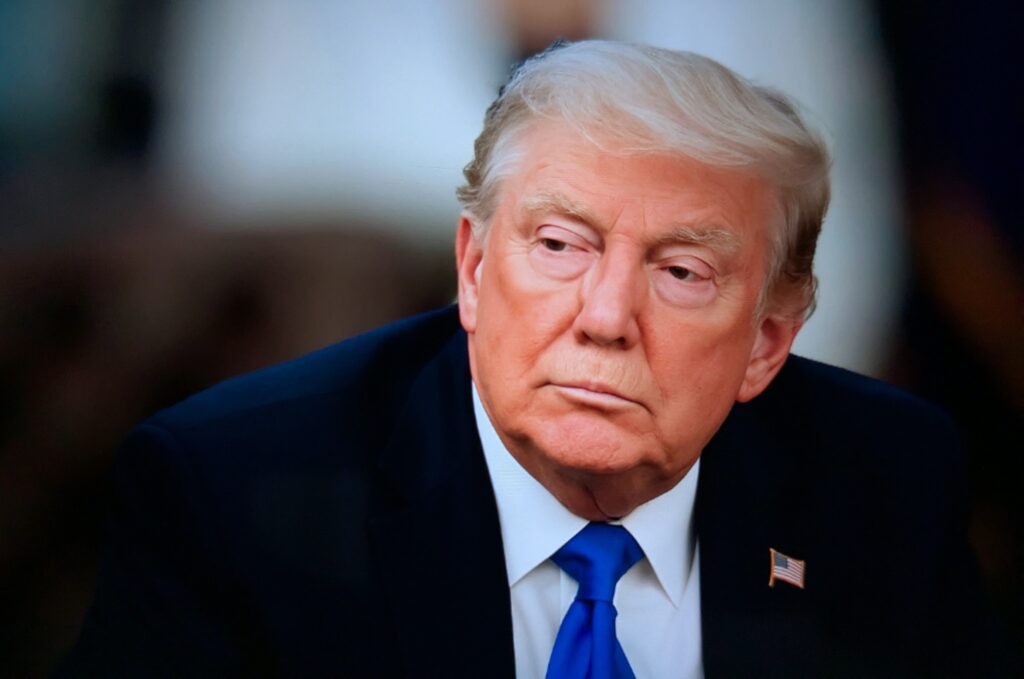US President Donald Trump signed an executive order imposing a $100,000 fee on applicants to the H-1B visa programme. The order claims the system faces “abuse” and blocks entry unless the fee is paid.
Critics argue the H-1B programme threatens American jobs. Supporters, including billionaire Elon Musk, say it helps the US attract leading international talent.
Gold card opens doors for the wealthy
Trump also unveiled a “gold card” that accelerates visas for certain immigrants. The scheme starts with payments of at least £1m.
Commerce Secretary Howard Lutnick joined Trump in the Oval Office on Friday. “A hundred thousand dollars a year for H1-B visas, and big companies are on board,” he said. “Train graduates from American universities. Stop hiring outsiders to take our jobs.”
H-1B caps and fees explained
Since 2004, H-1B applications have been limited to 85,000 annually. Until now, applicants paid administrative fees of around $1,500.
US Citizenship and Immigration Services reported applications for the next fiscal year dropped to 359,000. This is the lowest figure in four years.
Amazon secured the most approvals last year, followed by Tata, Microsoft, Meta, Apple and Google.
Small businesses fear devastation
Immigration lawyer Tahmina Watson warned the new fee could cripple small firms and start-ups. “Almost everyone’s going to be priced out,” she said. “This $100,000 entry cost will devastate many.”
She explained that employers usually sponsor foreign talent only when they cannot find suitable US workers.
Warnings over American competitiveness
Jorge Lopez, chair of the immigration and mobility practice at Littler Mendelson PC, condemned the move. He warned the fee “will stall America’s competitiveness in technology and across industries.”
Some companies may consider shifting operations abroad, though relocating is often complex.
Trump’s shifting views on H-1Bs
The visa debate has divided Trump’s allies for years. Some supported the programme, while critics such as Steve Bannon opposed it.
In January, Trump said he understood both sides of the issue. On the campaign trail, he pledged easier recruitment and even suggested green cards for graduates. “You need a pool of people for companies,” he told the All-In Podcast. “You must recruit and keep them.”
Previous clampdowns under Trump
In 2017, Trump signed an order that toughened oversight of H-1B applications. The move targeted fraud detection.
Rejections then rose to 24% in the 2018 fiscal year. Under Barack Obama, rejection rates stood between 5% and 8%, while under Joe Biden they averaged 2% to 4%.
Tech firms pushed back fiercely, warning restrictions threatened innovation and growth.
India braces for major fallout
The new fee has global consequences. India, the largest source of H-1B applicants, expects significant disruption.
Experts warn the restrictions could reshape international hiring and drive investment away from the United States.

